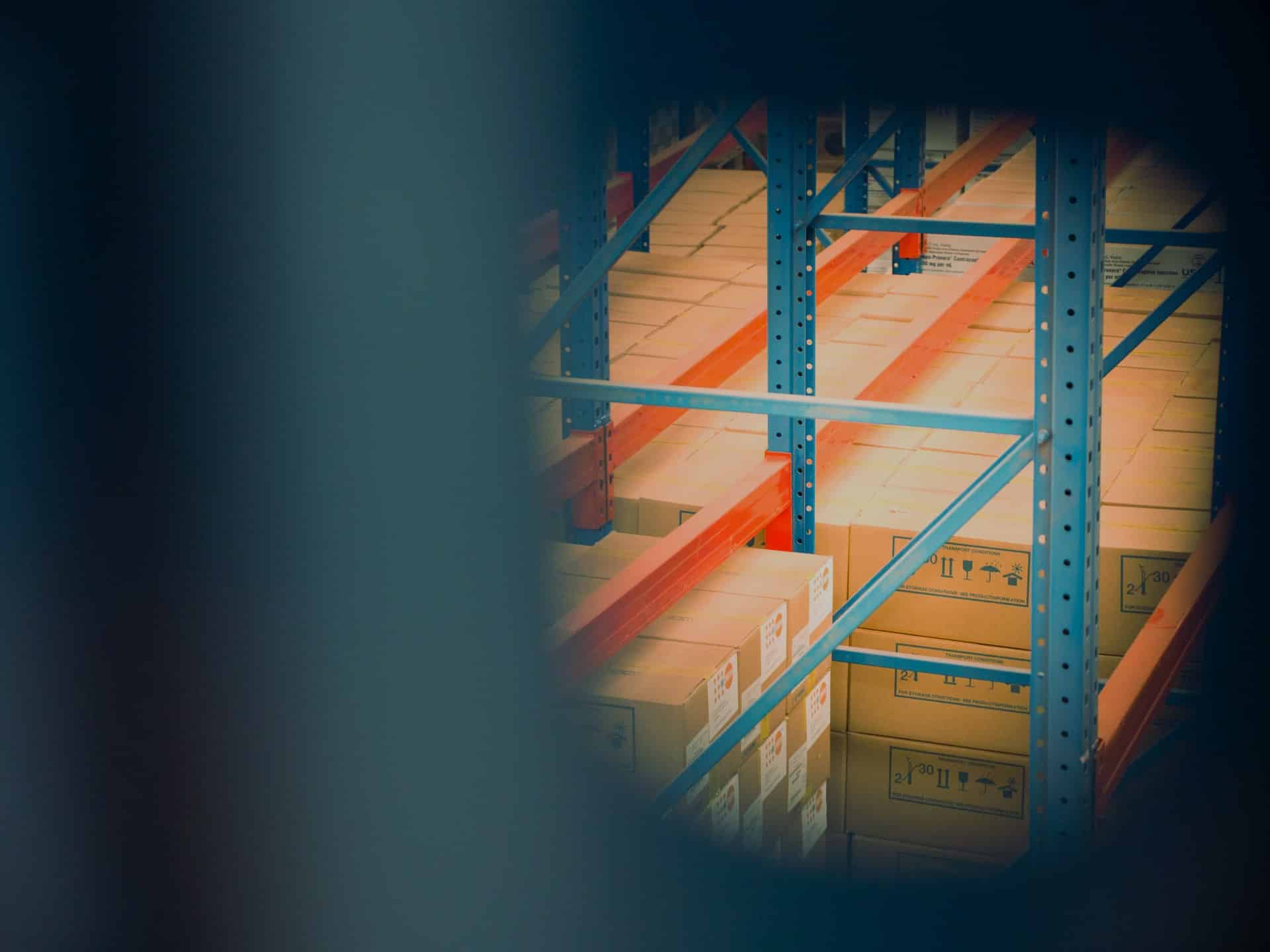The global supply continues to operate under enormous strains, and despite being the focus of the 24/7 news cycle, it isn’t getting better. This issue has warranted attention from the nation’s highest leaders. They attempt to resolve the issue through short-term policy changes that will have minimal effect on long-term solutions.
For example, U.S. President Joe Biden announced that ports in Los Angeles and Long Beach would move toward a 24/7 operation while imploring companies within the private business sector to step up in helping clear supply chain clogs. While this creates more working hours to clear the clog of cargo vessels sitting off the California coast, other geographic locations of importance are experiencing bottlenecks, and the issues seem to compound rather than resolve.
Adding more hours of operations at U.S. ports is a minor, temporary fix in the overall supply chain issue. There are many other hurdles to overcome along many different touchpoints along the supply chain, and each needs to be addressed with long-term solutions, not band-aids processes. For example, Reducing the current paper trail used in the trucking industry (bill of lading) would create a more robust workflow in warehouse distribution points during loading and unloading of supplies and resources.
IMAGE: UNSPLASH
Improved operations could give the supply chain a much-needed boost by creating a more efficient and quicker process of getting trucks in and out of facilities (docks or warehouses) in less time.
The main issue in our supply chain workflow is a lack of visibility and practical problem-solving. This is exasperated by the continued labor issues in trucking and distribution point positions, including our nation’s ports and warehouses, which can be resolved with available technology to digitize the paper-trail process. Furthermore, recent inflationary pressures have caused a loss in purchasing power, increased production, and procurement costs, causing a fallout of certainty around future shipments and supply chain clogs.
In short, companies today are falling behind when integrating the new, available technologies to maximize workflow along the supply chain. Attempting to solve today’s problems with yesterday’s technology will simply not work, and it will end up costing companies more time, money, and resources and will do very little to fix the issues we all face.
Accepting the notion that current, available technologies are a large part of the solution, companies rely on traditional software solutions that only provide the ability to interact one level upstream and downstream with third-party partners within the supply chain.
These approaches are mere band-aids to the more significant problem. They may not be the best approach with the expectation or supply chain disruption to continue into 2022, especially given today’s outsourcing market structure. The time-damaging disorder that occurs within this limited view of the problem in the area to avoid, and as we see it today, is often too late or costly.
When President Biden called on the private sector to help address the supply chain issues, he alluded to the need for an infusion of both human resources and forward-thinking technologies. As a nation, we thought we had experienced the worse that supply chain disruptions would cause at the height of the global COVID-19 pandemic, but we were wrong. As the nation puts the worldwide pandemic in its rear-view mirror and returns to life pre-COVID, they return to the purchasing and dependence of items needed daily.
The global supply chain is a complex and expanded trading partner ecosystem with the potential to experience many more disruptions as we see today if enterprises continue to rely on old technologies. The ability to represent that global trading partner ecosystem on a single, real-time version of the truth, whose disruptions are visible and actionable in a collaborative way across all trading partners, becomes critical, and it’s within reach to implement.
First and foremost, corporations must accept that their current enterprise systems are no longer sufficient when dealing with the new supply and demand variability stresses. What executives need most is real-time visibility both upstream to multi-tier suppliers and downstream to the end consumer.
Additionally, executives and line managers need a system that promotes real-time responses to variations across the entire supply chain and real-time communication and collaboration with trading partners supervising each touchpoint. This includes the ability to shift toward alternate sources of supply, along with additional cross-docking, micro fulfillment, and direct-to-consumer capabilities.
To accomplish this, companies require an entirely digitized supply network that provides a single version of the truth enabled through AI analytics, both autonomous based on targeted KPI’s. Available technology currently includes a superior level of user interaction to leverage all available planning and execution data in the network to make better decisions designed to drive value for the end customer and their trading partners.
Overall, the goal is to achieve supply chain networks with resilience, continuity, and operational readiness. The solution is a network-based supply chain software solution that can represent all trading partners in the ecosystem, from the end consumer upstream through the tier 2 and tier 3 suppliers. Advanced network solutions like One Network’s NEO Platform and Intelligent Demand can provide real-time versions of the visibility needed across full network representation.
This level of integration enables real-time collaboration among trading partners to address and solve problems in real-time, anywhere in the network, leveraging software that guides them to make the best decisions for the overall network and keep the supply chain running smoothly and efficiently. The goal is to essentially reset the supply chain architecture through a systemic approach to clearing the clog and introducing more robust processes to delivering the right product at the right time with the highest quality at the least landed cost.
Traditionally, the enterprise doesn’t always embrace change and allocate the resources to implement technologies to address that change. However, they can no longer afford archaic supply chain systems to move products and help from point A to point B without ensuring real-time visibility and managing abilities at each touchpoint. It is time for advanced technological solutions to be integrated into the overall architecture of our nation’s supply chain.
This integration will clear the current clog and reinforce the processes going forward so that future disruptions are met with tried-and-true systems to address and correct any inefficiencies in real-time. We simply cannot afford to continue down the roads of yesterday as we face the challenges of today. The global pandemic delivered its wrath, and it is time we start regaining control on every level. Securing the future of our supply chains and making sure citizens of this nation have the products they need to recover seems like a great place to target and overcome.
IMAGE: UNSPLASH
If you are interested in even more business-related articles and information from us here at Bit Rebels, then we have a lot to choose from.


COMMENTS